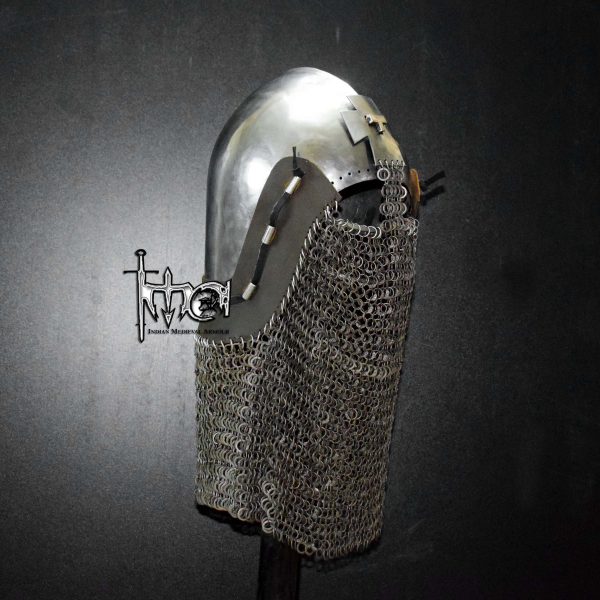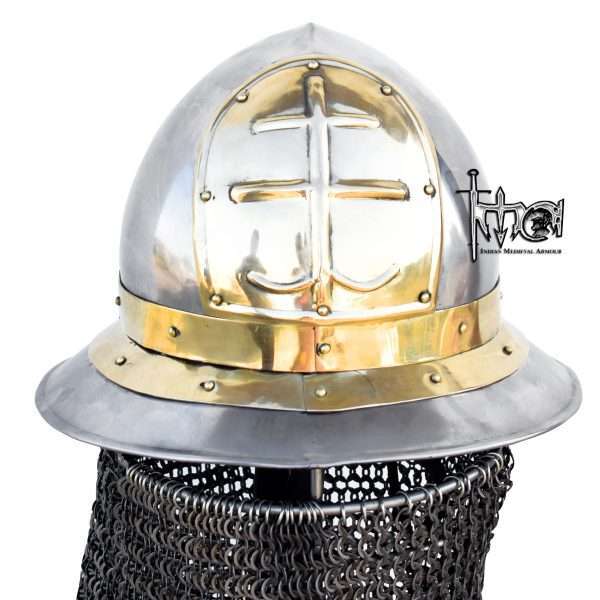Medieval helmets were a critical piece of protective gear worn by knights and warriors in battle. They varied in design and style, depending on the era and region. Here are some of the popular medieval helmets and their significance:
- Knight helmet: A knight helmet was a type of helmet worn by medieval knights. It was typically made of metal, such as steel or iron, and covered the entire head and neck. The helmet often featured a visor that could be raised or lowered to protect the face.
- Great helm: The great helm was a type of helmet that became popular in the 12th century. It was characterized by its cylindrical shape and full face protection. The great helm often had a small opening for the eyes, but otherwise, the wearer was completely covered.
- Viking helmet: The Viking helmet was a type of helmet worn by Viking warriors during the medieval period. Contrary to popular belief, Viking helmets did not have horns, but rather were typically made of iron or steel and covered the head, neck, and cheeks.
- Sallet helmet: The sallet helmet was a type of helmet that became popular in the 15th century. It was characterized by its pointed shape and often had a visor or a beaver (a hinged lower face protector).
- Barbute helmet: The barbute helmet was a type of helmet that became popular in the 15th century. It was characterized by its open face and a T-shaped or Y-shaped visor that provided additional protection.
Medieval helmets not only provided essential protection for the head and face but also often had decorative elements that reflected the wearer’s status or affiliation. They were typically made of metal and could be heavy and cumbersome, making it difficult for the wearer to move and see. Nonetheless, medieval helmets were a vital piece of equipment for any knight or warrior heading into battle.
Rated 5.00 out of 5
$100.00 – $475.00
$150.00 Original price was: $150.00.$135.00Current price is: $135.00.

























